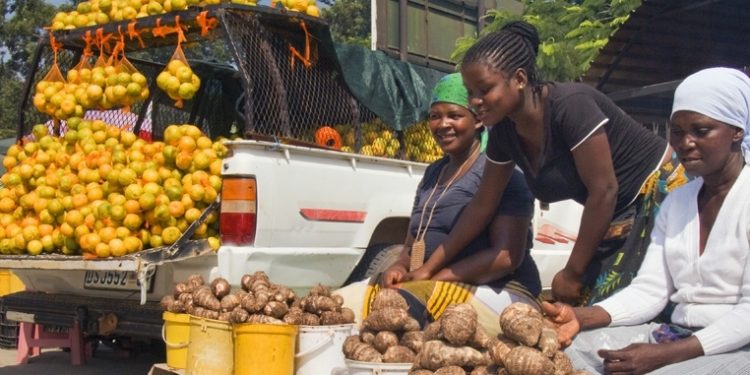The United Nations has released a research report entitled East African Community Regional Integration: Trade and Gender Implications, where the United Nations Conference on Trade and Development (UNCTAD) analyses the effect of the East African Community (EAC) regional integration on women’s well being in Burundi, Tanzania, Uganda, Kenya, and Rwanda.
The EAC was founded in 2000 by the Kenya, Uganda, and Tanzania while Rwanda and Burundi joined in 2007 and South Sudan joined in 2016.
The study, which also highlights the significance of enforcing policies that address gender inequalities and ensure women completely benefit from international trade, discovered that the East African countries can utilise trade policies to help women economically.
In addition, UNCTAD released a report dubbed Advocating for gender-sensitive trade policymaking in the East African Community which advocates for improved guidelines in trade policies to benefit women in the East African region.
“This new analysis is another UNCTAD contribution to the debate on how we, together, can make trade policy more gender-sensitive, and pave the way for more inclusive prosperity that leaves no one behind,” UNCTAD Secretary-General Mukhisa Kituyi said.
Trademark East Africa Chief Executive Officer, Frank Matsaert, stated: “We will continue facilitating women’s empowerment through [the] support of [the] delivery of practical solutions to challenges that affect women entrepreneurs who trade across borders in East Africa.”
“The analytical work in this report is accompanied by practical ideas,” explained Dr Kituyi.
Some of the main recommendations are bridging the gender gap in secondary and tertiary education and establishing skill development programmes to allow women to acquire the skills needed in high-value-added work sectors.
The report says the creation of a regional credit mechanism could promote women entrepreneurs across the EAC because the current country-level mechanisms have proved inadequate and un-uniform.
The report also recommends including gender chapters in future free trade agreements and the formation of a regional platform to exchange best practices among EAC member nations. Moreover, the report recommends the development of a similar monitoring tool to check the execution of the EAC Gender Equality and Development Bill 2017.
Tariff liberalisation in the EAC export markets resulted in the growth of women’s employment share in the manufacturing firms in Kenya, Uganda, and Tanzania while women employees in Burundi were adversely affected.
Women working in maintenance and assembly line got the most benefits with little change for women in white-collar jobs.
There has been a shift from agriculture to service and industry sectors, however, the employment structure was quite weak with women in Burundi (96%), Kenya (76 %), Tanzania (71%), and Uganda (77%) still working in agriculture.
Women are mostly self-employed or contributing family workers in the EAC accounting for 97 percent of women in Burundi, 84 percent in Rwanda, 73 percent in Kenya, 83 percent in Uganda, and 80 percent in Tanzania.
“Gender equality is not a natural outcome of the development process and there is a need to proactively promote gender equality policies,” Dr Kituyi observed.
Across the EAC, women are still lagging behind in property rights, access to credit, and education compared to men.
Women also have the highest share of unpaid care work compared to men which limits the amount of time they can dedicate themselves to paid work, limits their mobility, and reduces their access to market resources and information.
“Building partnerships is indispensable for bridging information gaps which we have seen hinder women in participating in trade,” said Lisa Karanja, TradeMark East Africa’s Senior Director for Business Competitiveness.
“We have simplified information and partnered with public and private institutions to create information communication technology (ICT) platforms whereby women can access information through their phones or in physical information centres located at border crossings across East Africa.”




